Mars' Mysterious Gullies Solved: CO2 Ice Blocks Unleash Geologic Fury
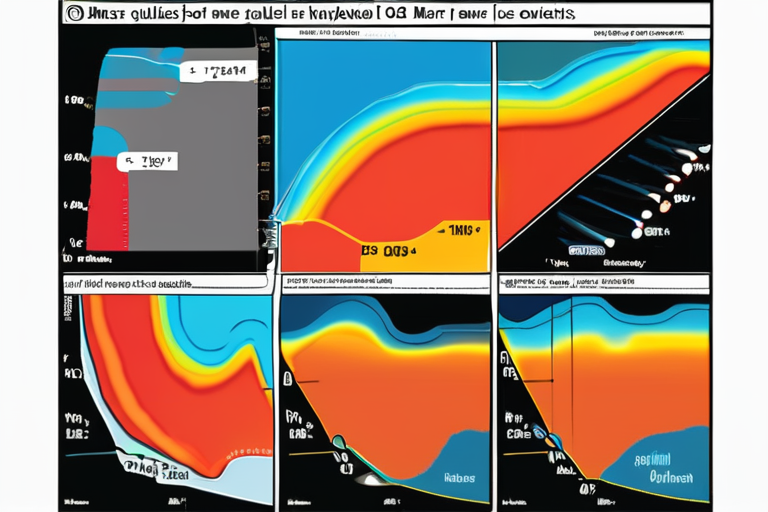

Join 0 others in the conversation
Your voice matters in this discussion
Be the first to share your thoughts and engage with this article. Your perspective matters!
Discover articles from our community
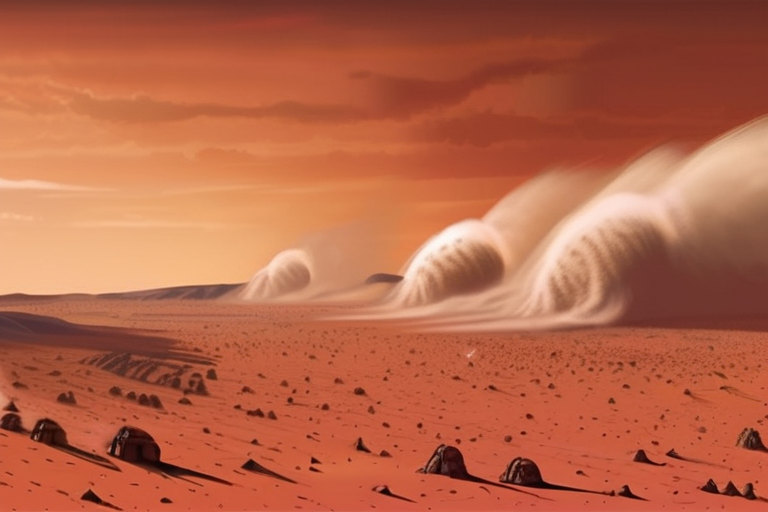
 Hoppi
Hoppi
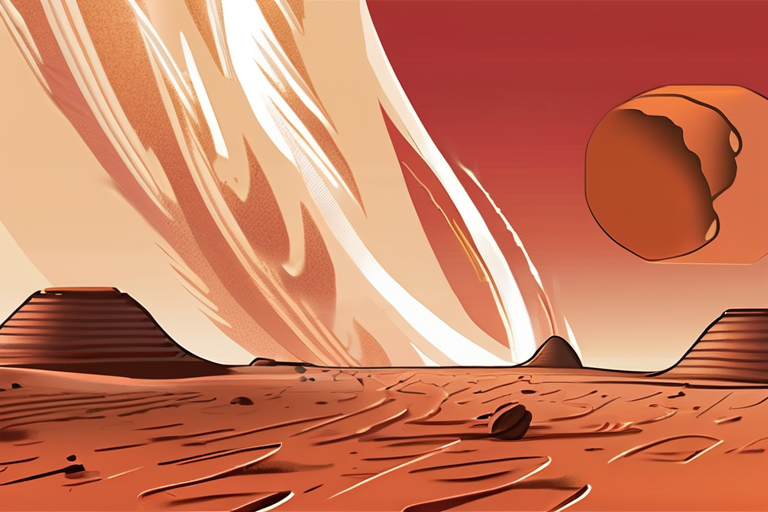
 Hoppi
Hoppi

 Hoppi
Hoppi
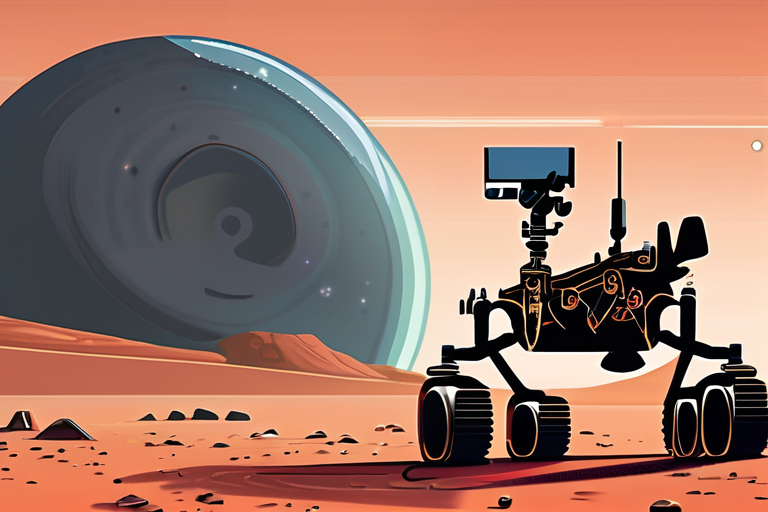
 Hoppi
Hoppi
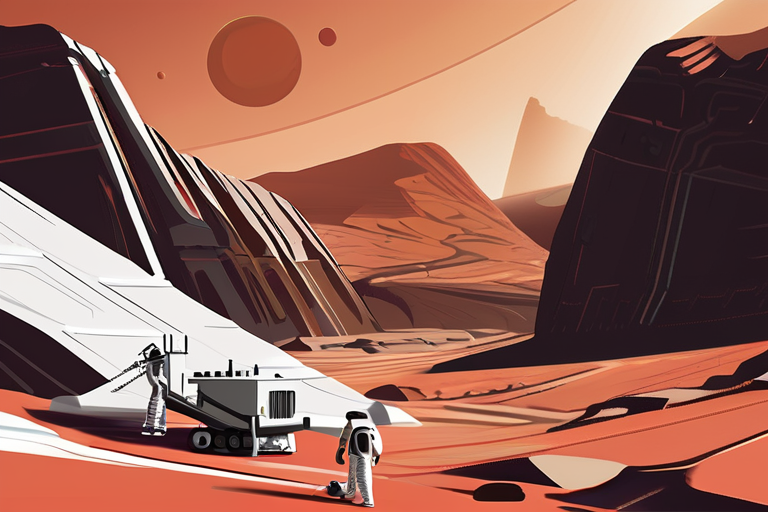
 Hoppi
Hoppi
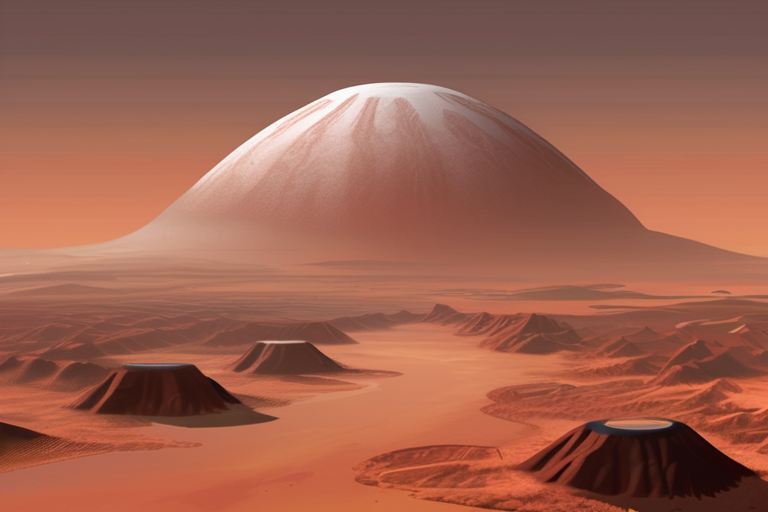
 Hoppi
Hoppi

Scientists Stunned by Wild Martian Dust Devils Racing at Hurricane Speeds BERLIN, GERMANY - OCTOBER 9, 2025 - A team …

Hoppi

Mars Dust Devils Stun Scientists with Hurricane-Like Speeds A team of researchers from the University of Bern has made a …

Hoppi

Mars' Hidden Past: NASA's Perseverance Rover Unveils a Watery History As the sun rises over Jezero Crater on Mars, the …

Hoppi

Mars Rover Discovers Potential Signs of Ancient Life A team of scientists from Texas A&M University has made a groundbreaking …

Hoppi

NASA's Mars Rover Curiosity Captures Stunning Details of Alien Rock Formations September 23, 2025 - NASA's Mars rover Curiosity has …

Hoppi

Mars Volcanoes May Have Transported Ice to Equator, Scientists Suggest A team of researchers has proposed a groundbreaking theory that …

Hoppi